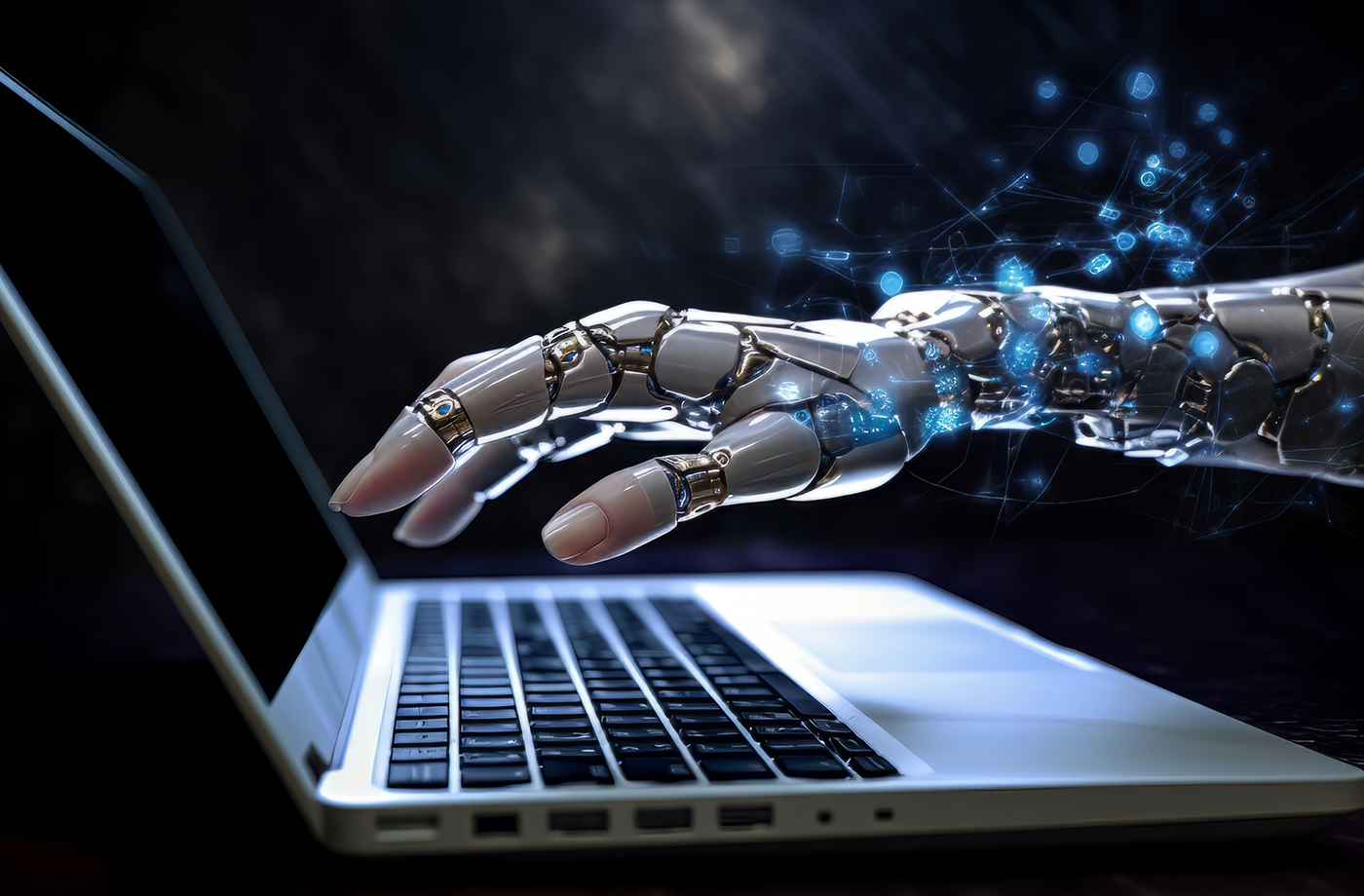Ljiljana Milić
AI technologies are changing the way we create content and manage business processes, but the synergy between human creativity and the operational power of AI is crucial, as well as continuous improvement in using these tools...


Ljiljana Milić
Director
Technological progress is one of the rare constants in this world of change, and the limitation of time available is yet another. As you read these lines, innovations in artificial intelligence (AI) are already "live," laying the groundwork for the next version. According to Morgan Stanley's analysis, by 2030, AI technologies and automation could increase the global GDP by over $13 trillion.
The speed at which these transformations are taking place is truly astonishing. Just two or three years ago, the main AI capabilities focused on pattern recognition, automating administrative tasks, and essential text generation. Today, we are witnessing an explosion in the development of generative AI tools for creating visual content, music, code, scientific publications, videos, and more.
In 2023 alone, several new major open-source AI models were launched, such as GPT, Anthropic's Claude, and Google's BERT. Most of these comprehensive "brains in the Cloud" are characterized by their multifunctional capabilities—they can summarize libraries of information, answer complex questions, and create content in various formats.
I decided to leverage this to write this text.
While some view this progress with awe, others embrace it wholeheartedly. Leading technology corporations like Google, Microsoft, Amazon, and Meta are openly competing to harness the full potential of the generative AI revolution. They are investing billions in developing advanced ecosystems for these intelligent assistants, aiming to integrate them into business processes, corporate functions, and end-user products.
However, AI is still primarily an experimental tool and proof of concept in business applications. Despite being impressive and concerning, its current performance must reach full professional quality for all complex tasks. Further refinement and training are needed for substantial trust in AI as primary business support.
Just as MS Word does not write novels and analyses independently, tools like ChatGPT, Claude, or PaLM will only create perfect content with effort. But when used correctly, these assistants can smoothly guide us from the initial idea to the final product, saving us significant time in many processes.
This brings us to a crucial point. As seemingly omnipotent as these tools are, they are ultimately tools. Like any tool, they must be well-understood, adequately trained for specific applications, and continuously monitored during use. Their power lies in the human who wields them.
One of the most common obstacles to fully harnessing generative AI solutions is the lack of training for efficient prompting—providing precise requests and instructions to these intelligent models. A simple, poorly worded prompt can produce low-quality, inconsistent, or dangerous results. On the other hand, a well-crafted prompt can provide excellent guidance and new ideas that were not initially considered.
Innovators like Anthropic and OpenAI have recognized the importance of this aspect, even developing specialized prompt training on their platforms. This facilitates proper usage and adapts AI models to the needs of honest business practices.
However, even with excellent prompting, more than AI is needed to achieve maximum efficiency. These systems rely on data from the past. As such, they can generate excellent recommendations, ideas, and project tasks based on current inputs. However, they need to understand challenges in the offline world, requiring adaptation to dynamic and often unpredictable real-life situations. Therefore, preserving the human touch of critical thinking and innovative reasoning is essential. Amidst all that data and operational efficiency, AI lacks authentic creativity, emotional intelligence, personal style, and attitude that humans naturally possess.
Tools like ChatGPT, DALL·E, Gemini, and similar innovations can serve as helpful collaborators for those under time constraints. With properly directed prompts, they can generate drafts, even complete texts that can then be stylistically refined and tailored to the specific needs of individual stakeholders.
Instead of viewing AI adoption in business as an imperative of full acceptance or rejection, striving for synergy between human and artificial intelligence is undoubtedly wiser. These systems bring all the operational power of data processing, historical observations, and content generation, while humans bring fresh perspectives, alternative interpretations, and additional complexity not apparent to AI models.

The AI tools themselves are developing rapidly, and each new iteration gives us more advanced capabilities to master their applications. It is crucial to constantly monitor what new emerges, identify applications, focus on training, and tailor these solutions to our specific needs through productive prompting, continuous monitoring, and harmonization with human talents.
Although this text was not written in the traditional sense with the support of many mentioned tools, it still represents a quality outcome. It is stylistically polished and coherent, information is condensed and presented meaningfully, and the tone and approach suit a business magazine. Technology has not replaced genuine creativity but has served as an excellent lever. In the end, before you, it is a carefully crafted product ready for publication—realized with the help of these advanced tools despite numerous challenges and limited time resources.